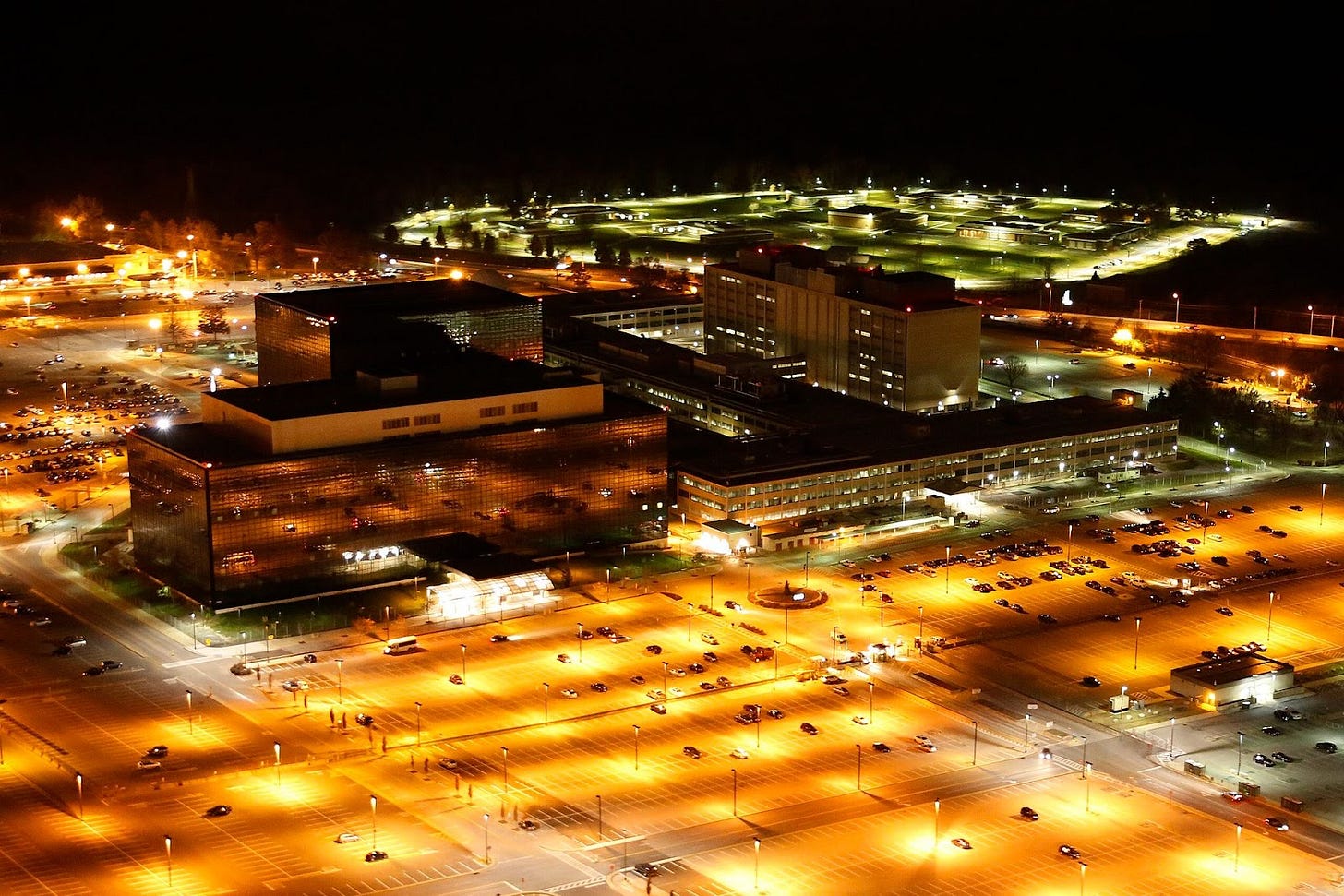The Growing Power of the NSA
The U.S. signals intelligence agency operates autonomously. Its power will grow further with advances in artificial intelligence and institutional reliance on software for decision-making.

The National Security Agency (NSA) is the main U.S. government intelligence agency tasked with monitoring, intercepting, collecting, and analyzing electronic communications, a type of “signals intelligence” (SIGINT) in military parlance. The NSA is opaque and unaccountable even by the standards of large government bureaucracies—long ago earning it the moniker “No Such Agency”—but is believed to have at least 32,000 employees and, as of 2013, the second-largest U.S. intelligence budget at $10.8 billion, somewhat less than the CIA.1 The agency’s spying capabilities might be the most powerful in the world: it allegedly intercepts and stores civilian communications en masse, including emails, phone calls, internet searches, credit card purchases, and travel itineraries, and it is capable of circumventing or undoing certain forms of encryption that are intended to prevent electronic communications from being intercepted by third parties.2

